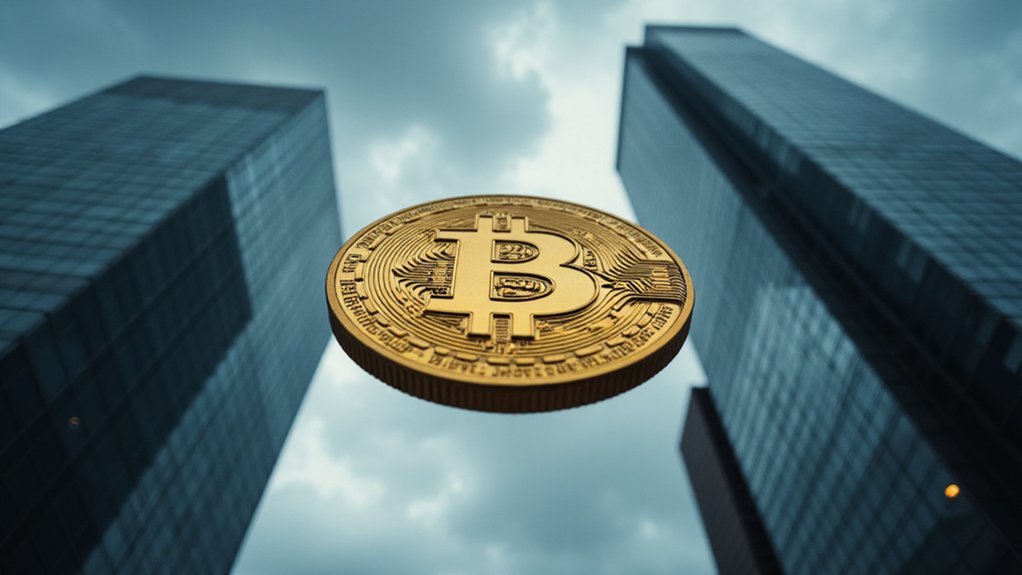When exactly did summer become synonymous with crypto speculation? The convergence of institutional capital, technological breakthroughs, and regulatory clarity has transformed the traditional investment calendar into something resembling a digital gold rush—albeit one with considerably more sophisticated participants than the prospectors of 1849.
Spot Bitcoin ETFs have fundamentally altered the landscape, with BlackRock and Fidelity orchestrating inflows exceeding $1.9 billion in January 2025 alone. This institutional stampede creates an intriguing paradox: the same asset once dismissed by traditional finance now anchors their portfolios.
The asset Wall Street once scorned now commands their treasure vaults—a $1.9 billion testament to institutional capitulation.
Bitcoin’s projected trajectory toward $140,000 by late summer reflects not mere speculation but calculated institutional positioning within a range of $118,000 to $145,000.
The technological substrate supporting this optimism extends beyond simple price appreciation. AI-driven blockchain projects—SingularityNET, Ocean Protocol, Fetch.ai—represent a convergence that would seem fantastical were it not already generating autonomous financial applications.
These crypto-native AI agents don’t merely process transactions; they collaborate, learn, and monetize knowledge independently, creating what amounts to intelligent infrastructure capable of sophisticated on-chain decision-making.
Ethereum’s Layer 2 scaling solutions, reducing transaction costs by 90%, have transformed DeFi from an expensive curiosity into practical infrastructure. Protocols like Aave, Uniswap, and Compound benefit from this efficiency while maneuvering through increasingly favorable regulatory environments. AAVE alone commands a total value locked of $17.9 billion, demonstrating the massive scale of institutional and retail participation in decentralized lending markets.
The proposed innovation-friendly exemptions signal a regulatory maturation that reduces institutional risk—a development that should surprise no one familiar with bureaucratic adaptability when facing inevitable technological evolution. Historical analysis reveals that post-halving cycles typically generate sustained bullish momentum, providing additional technical support for current market optimism.
The DeFi renaissance encompasses restaking, real-world asset integration, and modular primitives that extend far beyond traditional financial services. This expansion occurs precisely as Ethereum trades within its projected $1,667 to $4,495 range, while Solana’s forecasted $121 to $495 trajectory (with optimistic targets reaching $590) reflects broader market confidence.
Current market dynamics reveal a Fear & Greed Index at 32, indicating fear-based sentiment that historically creates opportunistic entry points for contrarian investors. Summer 2025 presents what analysts term a “tipping point” for mainstream DeFi adoption—a phrase that would typically inspire skepticism were it not supported by tangible institutional commitment and technological infrastructure.
The boldest business move this summer might simply be recognizing that the speculative phase has concluded, replaced by something resembling actual utility.









